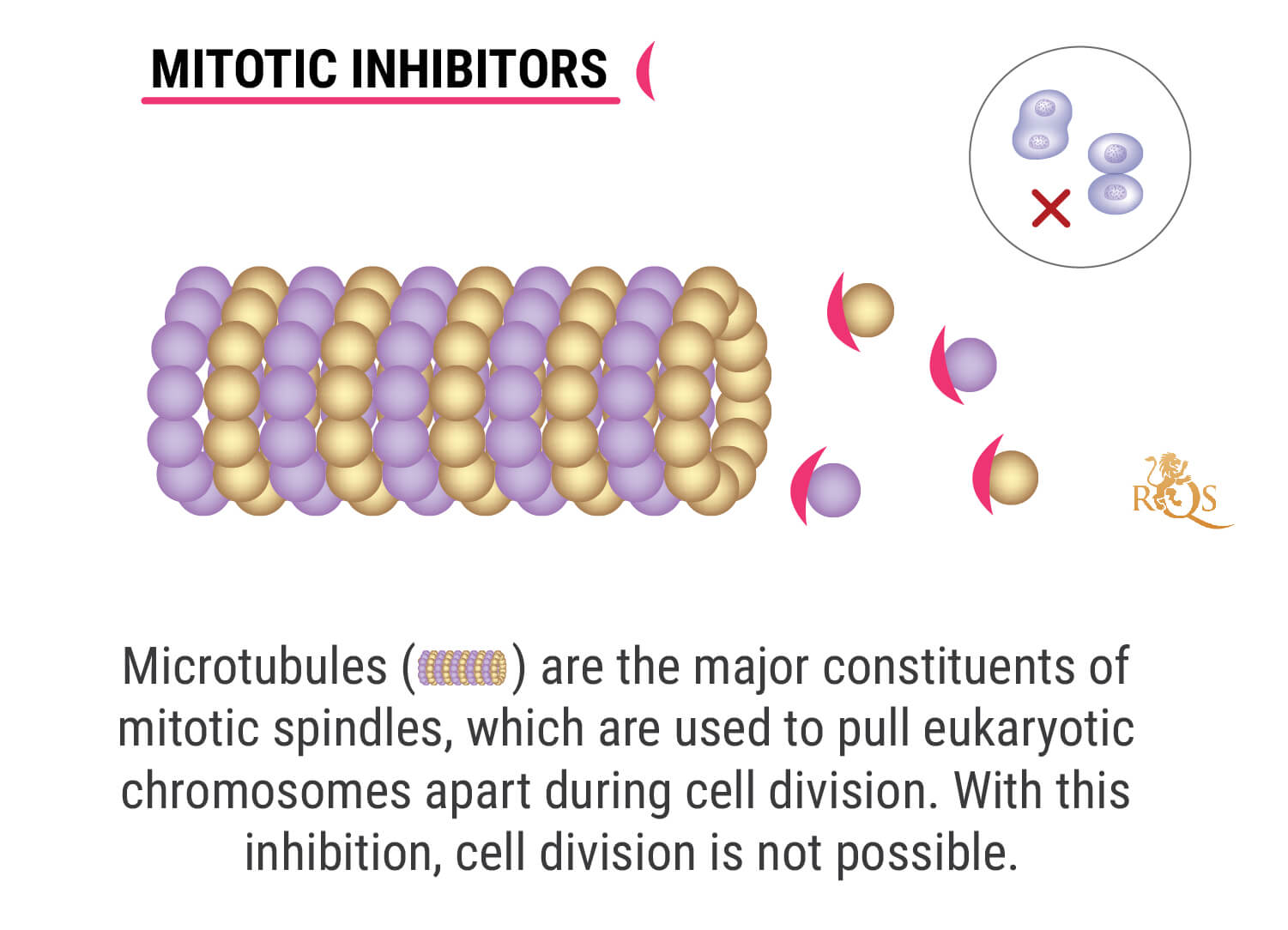Intravenous Therapy Biology Diagrams A mitotic inhibitor is a substance that can impede cell cycle progression by preventing the entry into mitosis or inducing abnormal entry, leading to prolonged mitotic arrest and cell death, often used in cancer therapy to destroy proliferating cells. Drugs that are mitotic inhibitors impair this process by disrupting the equilibrium Highly selective inhibitors developed against these targets showed robust cytotoxic activity in preclinical models. Similar to MT poisons, these anti-mitotics cause drug-specific and dose-dependent mitotic phenotypes through disruption of mitotic spindle morphology and MT-chromosome attachment or impairment of SAC (figure, bottom). Mitotic inhibitors are drugs derived from natural plant sources. They inhibit cell division or mitosis, where a single cell divides into two genetically identical daughter cells. This material is provided for educational purposes only and is not intended for medical advice, diagnosis or treatment. Data sources include Micromedex (updated 10

The structure of paclitaxel, a widely used mitotic inhibitor.. A mitotic inhibitor, microtubule inhibitor, or tubulin inhibitor, is a drug that inhibits mitosis, or cell division, and is used in treating cancer, gout, and nail fungus.These drugs disrupt microtubules, which are structures that pull the chromosomes apart when a cell divides. Mitotic inhibitors are used in cancer treatment Secondary or acquired resistance is a result of drug treatment . Lallena MJ, de Dios A. Cyclin dependent kinase (CDK) inhibitors as anticancer drugs. Bioorg Med Chem Lett. 2015;25:3420-3435. doi: 10.1016/j.bmcl.2015.05.100. cells undergo mitotic arrest and since the compound disrupts spindle formation and

List of Mitotic inhibitors Biology Diagrams
Mitosis inhibitors in anticancer therapy: When blocking the exit becomes a solution. Author links open overlay panel Ana C. Henriques a b 1, Diana Ribeiro a c 1, underlying its potential as a drug target to delay mitotic slippage [150]. The Fcp1 phosphatase dephosphorylates the kinase Wee-1, which in turn dampens Cdk1 activation, Though the concept of tyrosinase activated pro-drugs has permeated the drug delivery literature for quite some time [141-143], it has yet to be applied to the delivery of mitotic kinase inhibitors. There are two themes notable in the tyrosinase pro-drug development field: attachment to DNA-damaging agents [ 142 , 144 ] and dormant compounds

Komlodi-Pasztor et al also recently highlighted this misconception (that tumor cells divide more frequently and more rapidly) as the downfall for mitotic agents. 58 Within the treatment duration, mitosis-specific drugs target only the cells in M-phase, leaving the rest of the G1- or S-phase tumor cells refractory to the cytotoxic effect. 59

Mitotic inhibitor Biology Diagrams
Current microtubule-targeting agents (MTAs) remain amongst the most important antimitotic drugs used against a broad range of malignancies. By perturbing spindle assembly, MTAs activate the spindle assembly checkpoint (SAC), which induces mitotic arrest and subsequent apoptosis. However, besides tox …
